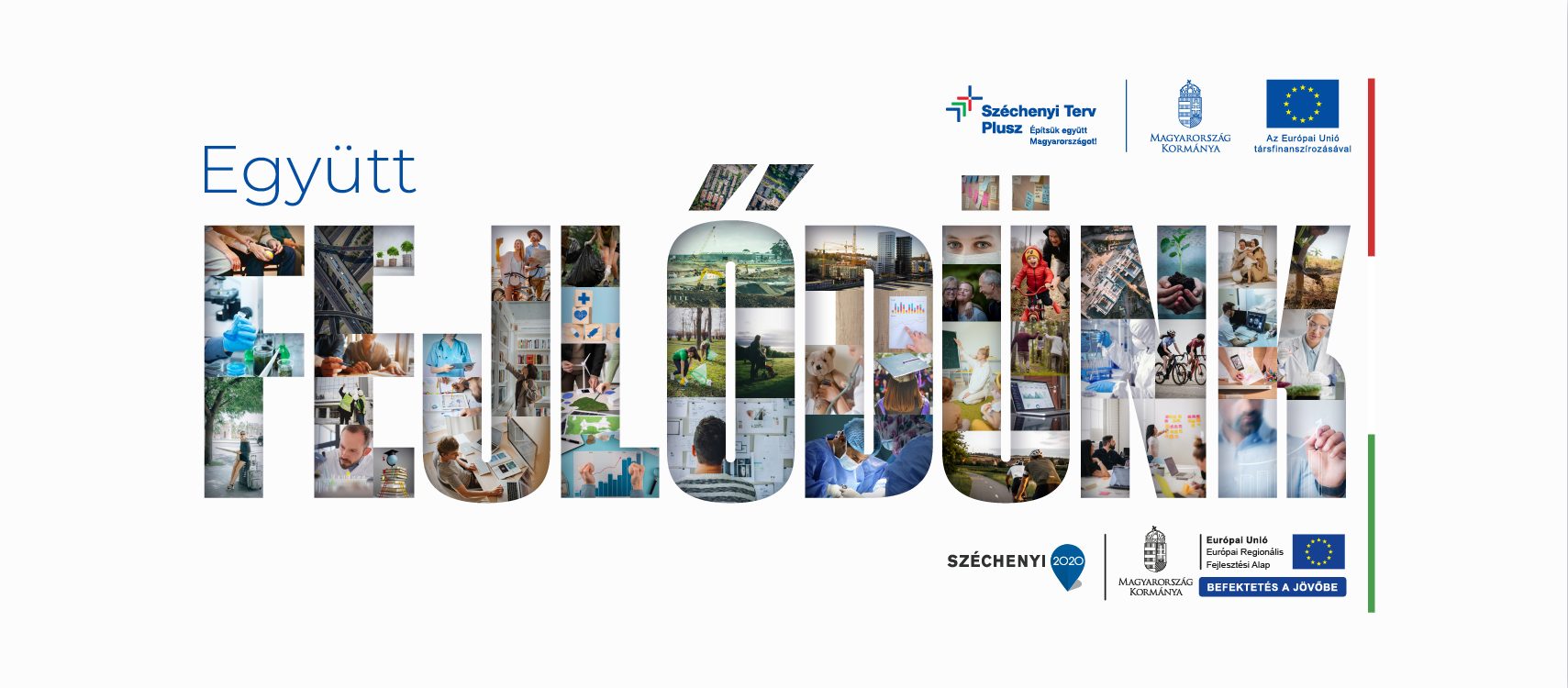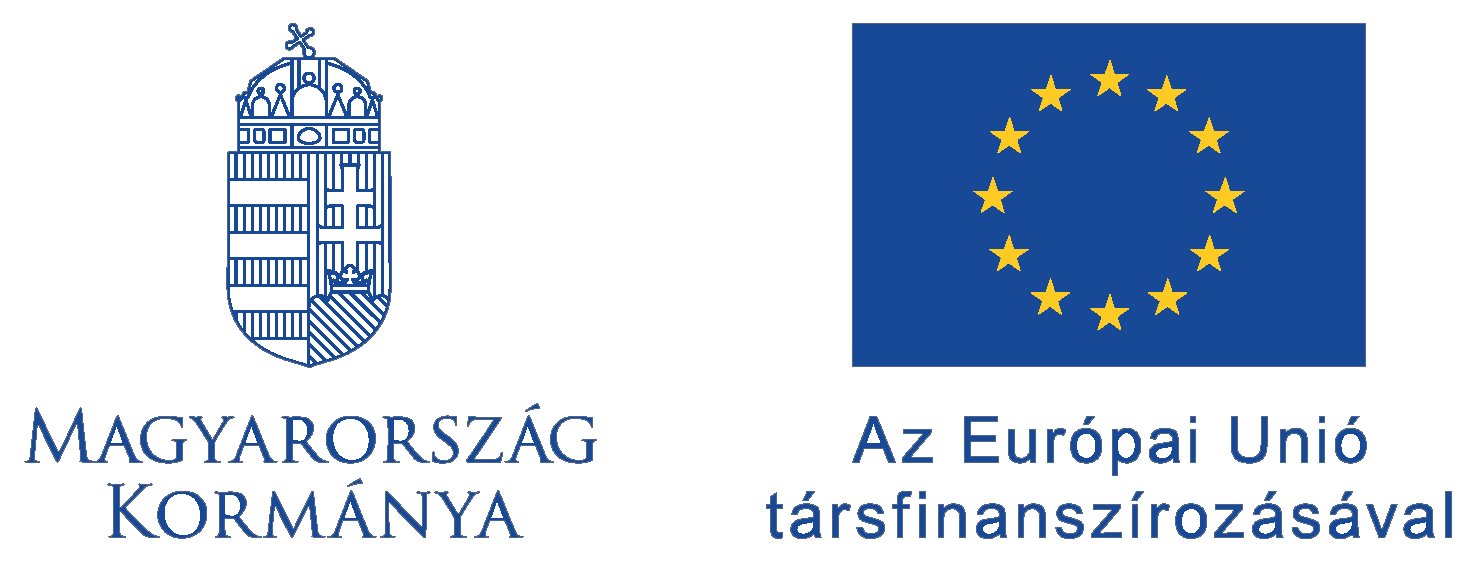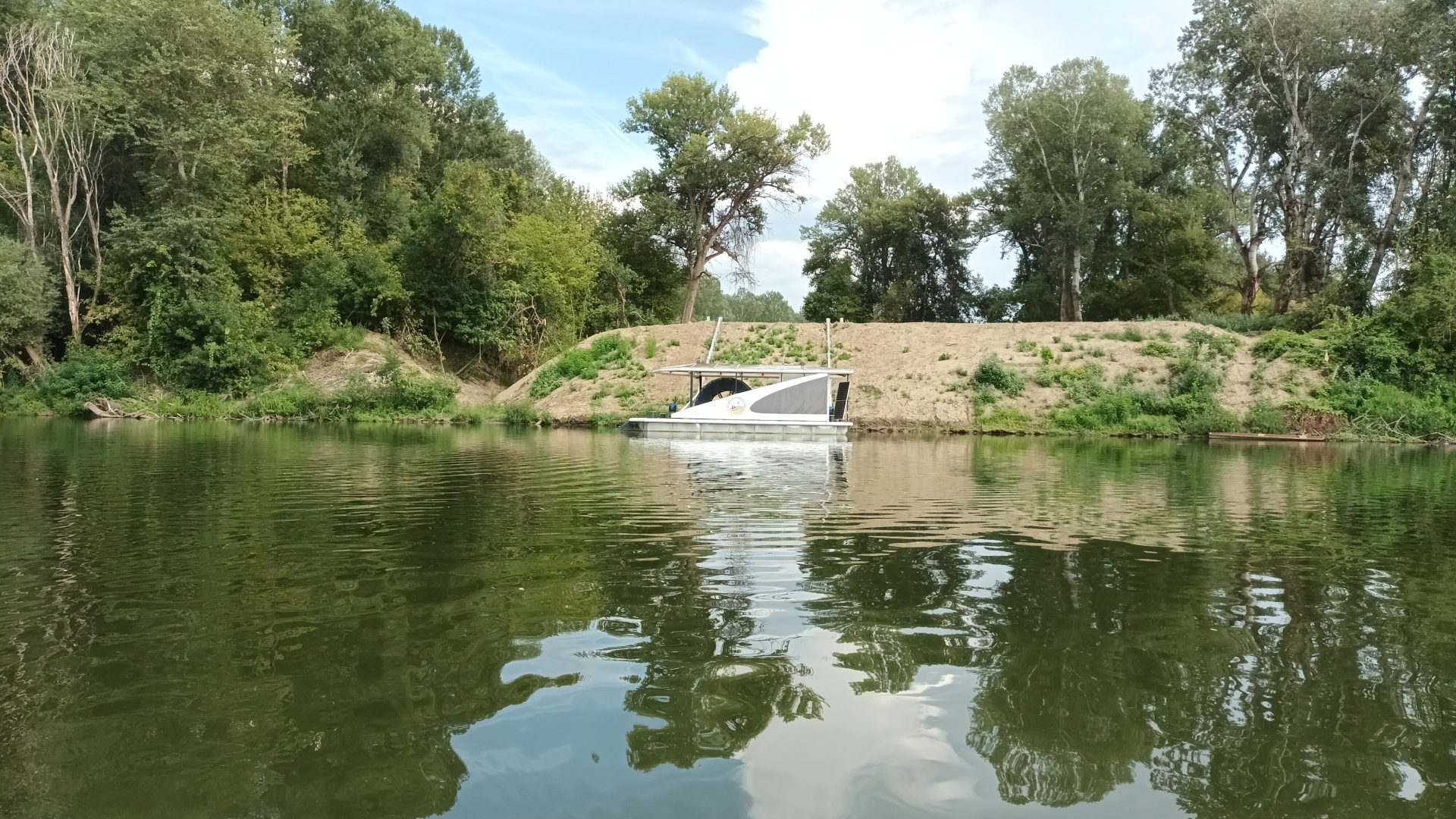One big moment in every child’s life is when they finally realize that the number of humps on a camel’s back isn’t random. Some have one, some have two—and they’re actually two different species. The single-humped ones are called dromedaries. After this discovery, kids start choosing their stuffed animals more carefully, confidently correct their grandparents about the humps, and, of course, never go looking for two humps in the dromedary enclosure at the zoo again.
The Kittenberger Kálmán Zoo and Botanical Garden in Veszprém is one of Hungary’s most renowned regional zoos, welcoming visitors since 1958. Over the past few decades—especially in the last ten to twenty years—it has been continuously developed and expanded. Supported by the European Union through the TSDOP programme “Socially and Environmentally Sustainable Tourism Development,” the latest project brought major investments to the park. The goal was to create spectacular yet sustainable tourist attractions that help preserve both cultural and natural values while strengthening the local economy—primarily by increasing tourism.
As part of the project, a new lion house and enclosure, a spacious dromedary exhibit and petting zoo, and a brand-new bear house were built. The savanna lake and its surroundings were also renewed, allowing visitors to stroll above the water on a wooden boardwalk. The animals now live in environments that closely resemble their natural habitats: the Barbary sheep, mountain goats, and dromedaries all enjoy enclosures that meet modern animal welfare standards while offering visitors an impressive sight. The Kalandozoo playground provides new adventures for the youngest guests, and the zoo’s modern entrance area and landscaped forecourt have brought the entire visitor experience up to 21st-century standards.
One of the project’s special achievements is that the developments have made the zoo suitable for hosting international research projects. The modern animal houses, observation areas, and research facilities allow ethologists, veterinarians, and biologists to study animal behavior, communication, and social structures in real-life environments. As a result, the zoo has earned a distinguished place on the scientific map. In the long term, the park aims to become a stable institution within both the Hungarian and international professional community, supported by a more even distribution of visitors throughout the year, a full calendar of programs, and its growing role as a research base.
And what about the dromedaries? Their new enclosure is like a little oasis, complete with sand dunes, palm trees, and plenty of open space. One of the zoo keepers recalled that on the very first day they were released, a single-humped dromedary trotted quietly around, then climbed to the highest point and stood there for several minutes, as if to say, “Finally, I’m home.” Since then, it has become a favorite among children—and who knows? The little girl who passionately explains to her grandmother why this animal has only one hump might one day return to the zoo as a researcher herself.
The development was implemented from EU funding in the project TOP-6.1.4-16-VP1-2017-00001 under the Territorial and Settlement Development Operational Programme.
Find out more about the project in the Project Finder: Details









